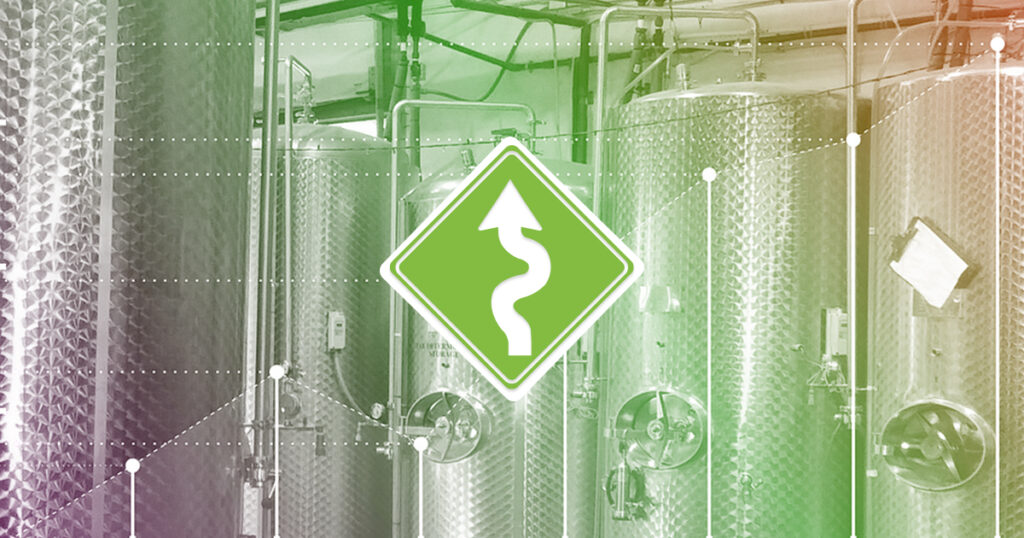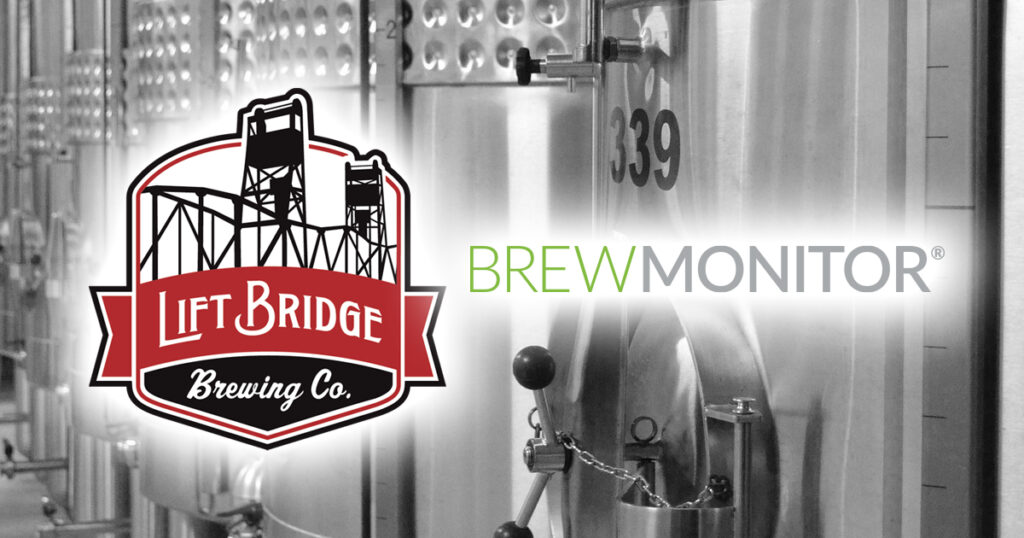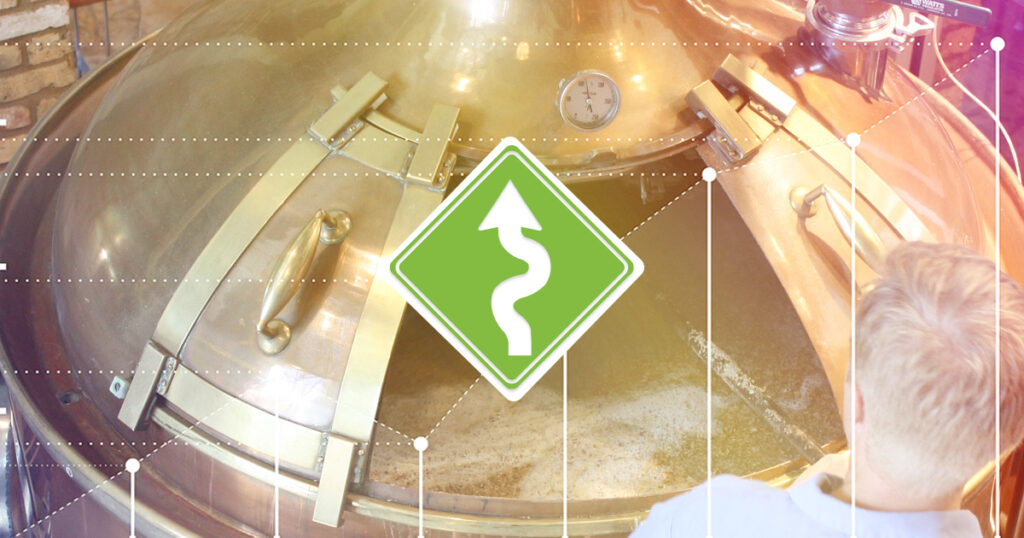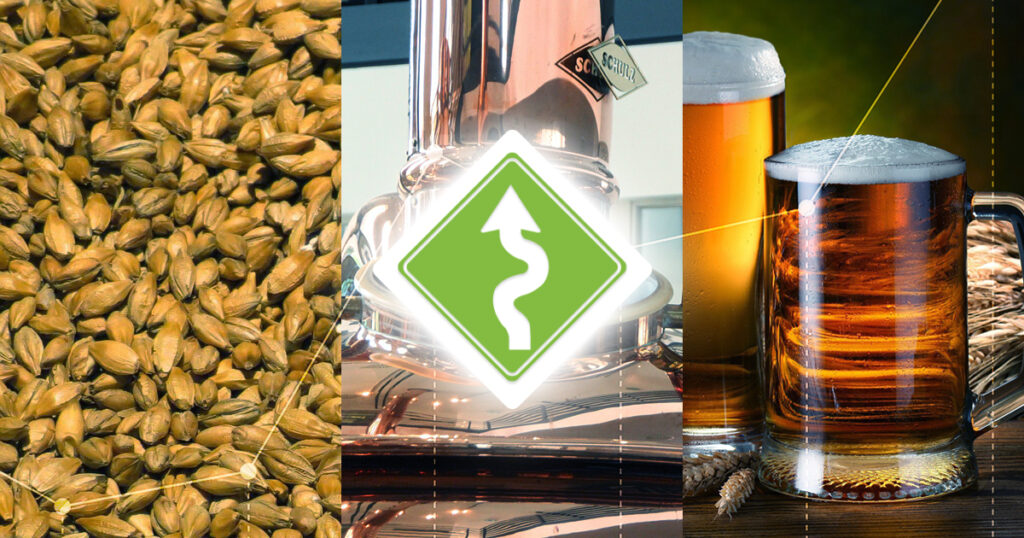Brewing Science
7 Is Better: How Real-Time Monitoring Is Better Than Sampling
Learn about the 7 key areas where real-time monitoring provides a substantial advantage over sampling, helping to optimize fermentation.
Read MoreBrewing: Past, Present, and Future
From techniques thousands of years old to innovations made possible by connected technologies, brewing has come a long way.
Read MoreBrewMonitor: A Look at Fermentation Data Curves – Experimental Fermentation Products
This series of articles explores examples of data curves from specific parameters, as they were recorded from the fermentation of various styles in different scenarios. In this installment, we discuss some examples of how brewing processes can be innovated through the analysis of high-frequency data.
Read MoreThe Importance of pH Monitoring During Brewing
A world-class beer demands intentional preparation and technique, and monitoring is an important part of the process. Learn more about how monitoring provides much more detailed and accurate information than sampling, saving precious time and effort.
Read MoreSampling vs. Monitoring
A world-class beer demands intentional preparation and technique, and monitoring is an important part of the process. Learn more about how monitoring provides much more detailed and accurate information than sampling, saving precious time and effort.
Read MoreCBC Collaboration: Lift Bridge and BrewMonitor
At the 2022 Craft Brewers Conference (CBC), Precision Fermentation teamed up with Lift Bridge Brewing Company to do a tap takeover at Dan Kelly’s Pub in Minneapolis, Minnesota.
Read MoreBrewMonitor: A Look at Fermentation Data Curves – Process Innovation
This series of articles explores examples of data curves from specific parameters, as they were recorded from the fermentation of various styles in different scenarios. In this installment, we discuss some examples of how brewing processes can be innovated through the analysis of high-frequency data.
Read MoreWater Chemistry for Brewers: How Climate Change Is Changing Your Water Chem
Learn about the water chemistry considerations brought on by climate change’s impact on breweries’ common water sources.
Read MoreWater Chemistry for Brewers: Hype Beer Styles – Juicy/Hazy IPAs and Pastry Stouts
This article explores the water chemistry considerations for creating some very popular beer styles – Juicy/Hazy IPAs and Pastry Stouts.
Read MoreBrewMonitor: A Look at Fermentation Data Curves – Yeast Issues
This series of articles explores examples of data curves from specific parameters, as they were recorded from the fermentation of various styles in different scenarios. In this installment we show examples of how yeast issues are expressed.
Read More










